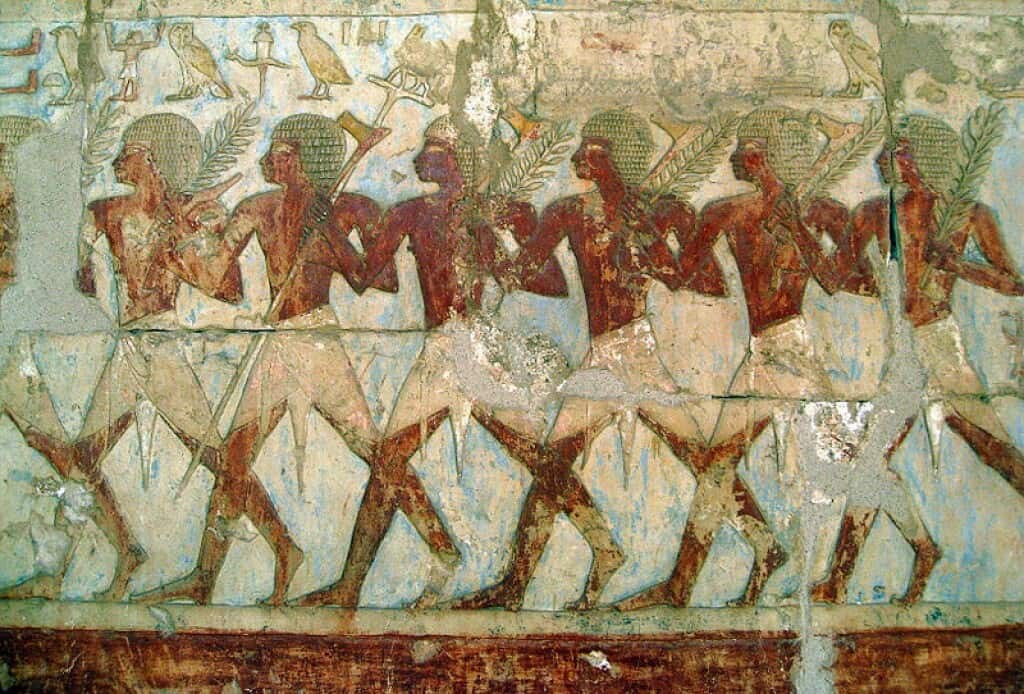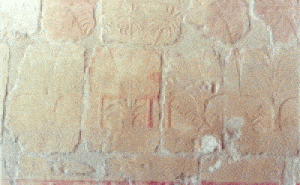Evidence Exists for the Land of Punt, But Where?
The ancient Egyptians documented everything. Surviving paintings and writings show details about almost every aspect of life in that place and era. Wars, religion, and rulers are all recorded in ways that have fortunately lasted into modern times. Business and trade were no different–extensive documentation chronicled who the ancient Egyptians were trading with and what exactly that trade was. They also recorded trade expeditions with the land of Punt. Unfortunately, they didn’t leave traces of where Punt is, and it has yet to be found.

A relief depicting Hatshepsut’s expedition to the Land of Punt.
Description of the Land of Punt
According to information unearthed by archeologists, the land of Punt was a great source of riches, slaves, exotic spices and wild animals. From the descriptions that survived, the land of Punt was a peaceful and prosperous country that seemed to have a wide variety of highly valued goods to trade. The discovery of such a society would be a huge accomplishment for an archeologist.
The only problem is that nobody today knows where Punt was.
But people have looked. The first problem is that we have to rely solely on ancient Egyptian information. No other ancient civilization, so far, has unearthed a single reference to the land of Punt–which is unusual. This would imply that either Punt only dealt with Egypt (not likely), or else other societies referred to it by other names.
Any country with so many riches and expensive goods would be ripe for conquest, and yet there is no mention of Egypt (who went to war frequently with neighbors) ever going to war with Punt.
Evidence for the Land of Punt
Significant evidence about the land of Punt comes from a temple dedicated to the female Pharaoh Hatshepsut, who ruled for more than 20 years circa 1465 BCE. A large relief of a trading mission to Punt is featured on the walls of the temple. We even know the names of the rulers of Punt during Hatshepsut’s reign: King Parahu and Queen Ati. But the Egyptians either forgot to put concrete directions to Punt in their temples or we have yet to uncover such evidence.
According to the art that has survived, men from the land of Punt, unlike ancient Egyptians, had long hair and little facial hair. The people of Punt lived in round houses built on stilts–most likely to avoid damage from flooding in their land. Wherever that land was.
There are various clues. Animals living in Punt, according to the Egyptian paintings, lived primarily in the area around the Red Sea on the Arabian peninsula. But other scholars, due to the origin areas of some of the traded goods, have proposed a location south of ancient Egypt in Africa. The surviving evidence is just not clear.
No remains have been unearthed by archeologists showing a civilization that equates itself to the land of Punt.
Did Punt Even Exist?
Author Bill Price even questions whether Punt existed at all, or if it was the equivalent of an ancient Egyptian imaginary utopia. This is possibly reinforced by an alternate name of Punt that translates into “Land of the God(s).”
There are even some tantalizing allusions that the Egyptians believed they originally came from Punt, and that they journeyed and founded ancient Egypt after leaving that homeland.
Punt may currently lie below mounds of earth and sand. We won’t know the location of this marvelous land until future excavations unearth the ancient paradise.
References:
Price, Bill. “History’s Greatest Mysteries”.
“Punt“, Wikipedia, pulled June 11, 2014
